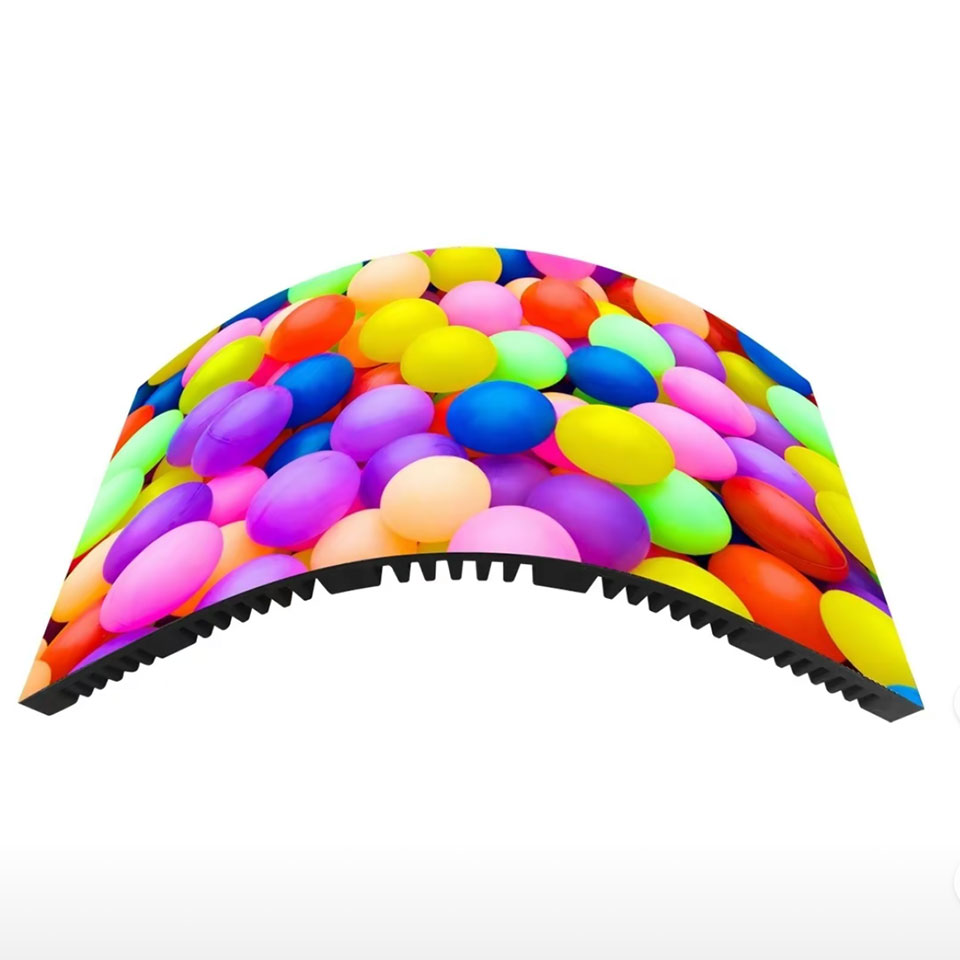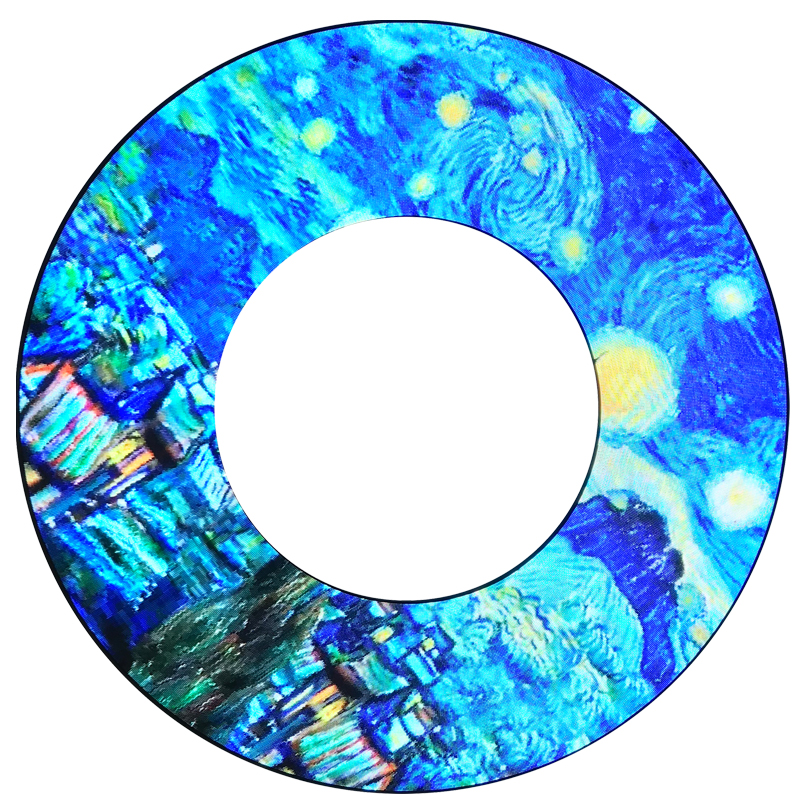Categories
- News (31)
- case study (6)
I remember the first time I saw a creative LED display—it was an enormous, curved screen wrapping around a building, displaying breathtaking visuals that seemed to defy reality. As someone deeply fascinated by LED technology, I couldn’t help but wonder: how much does a creative LED display actually cost? If you’re here, chances are you’re asking the same question.
Well, buckle up, because pricing a creative LED display isn’t as straightforward as checking a price tag at the store. It depends on several factors, including size, pixel pitch, shape, customization, and installation complexity. In this guide, I’ll break it all down for you so you can make an informed decision without getting lost in the tech jargon.

outdoor flexible led display module
Before we dive into prices, let’s get on the same page about what a creative LED display actually is. Unlike traditional flat LED screens, these displays can take on unique shapes, curves, or interactive elements, making them ideal for eye-catching advertising, entertainment, and architectural integration.
They come in various forms, such as:
Now that we understand what makes these displays unique, let’s talk about pricing.
If you’re expecting a simple price list, I hate to disappoint you, but creative LED displays are highly customized, which means the price varies significantly. However, to give you a ballpark idea, here’s a breakdown based on key pricing factors:
Larger screens with higher resolutions (smaller pixel pitch) cost more. Here’s a rough estimate:
Note: The smaller the pixel pitch (e.g., P1.5 instead of P5), the higher the resolution and the more expensive the display.
Some creative LED displays are more expensive than others:
Outdoor LED displays require weatherproofing, stronger brightness, and durability, which increases costs:
Standard LED panels are cheaper, but custom-designed creative displays require additional R&D, custom molding, and unique LED modules. This can increase costs by 50% to 200%, depending on the complexity.

ring LED screen
Now that you have an idea of pricing, how do you choose the best display for your needs without overspending? Here are some practical tips:
Define Your Purpose – Are you using the display for advertising, a concert stage, or an interactive installation? Your use case will dictate the type of LED screen you need.
Balance Size and Pixel Pitch – A smaller pixel pitch (higher resolution) is great, but for larger displays, you might not need ultra-high resolution. P4-P6 is often the sweet spot for big screens.
Consider Indoor vs. Outdoor – If your display is outdoors, don’t compromise on weather resistance—it’ll save you repair costs later.
Think About Maintenance – Some cheaper LED screens might cost more in maintenance over time. Investing in high-quality modules can reduce long-term costs.
Ask About Hidden Costs – Beyond the LED screen price, check for additional costs like control systems, media servers, installation, and future maintenance.
If you ask me whether a creative LED display is worth the price, my answer is YES—if you use it right.
Creative LED displays aren’t just screens; they’re immersive visual experiences. Whether it’s an eye-catching 3D billboard, a curved display at an event, or an interactive LED wall in a shopping mall, these displays have the power to grab attention, engage audiences, and boost brand impact.
That said, before investing, make sure you choose the right type, resolution, and size based on your needs. And most importantly, always work with reliable suppliers to ensure quality and longevity.